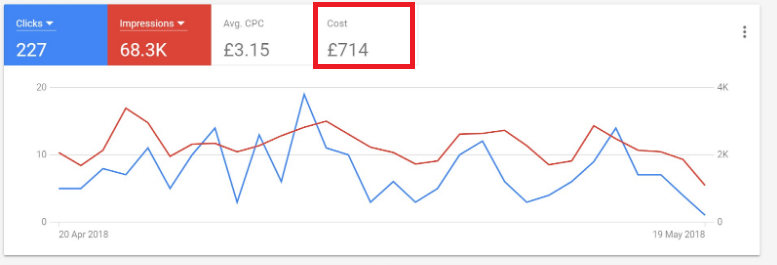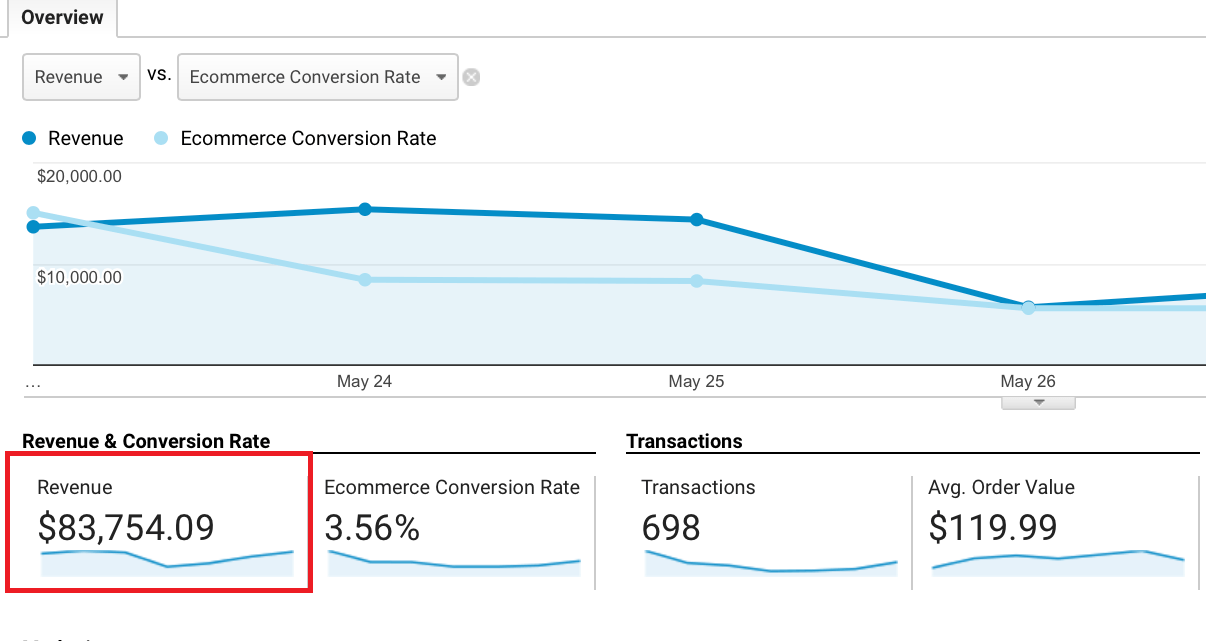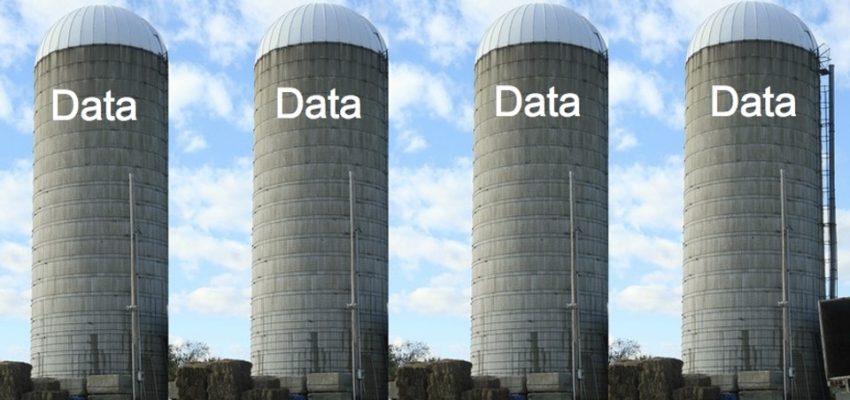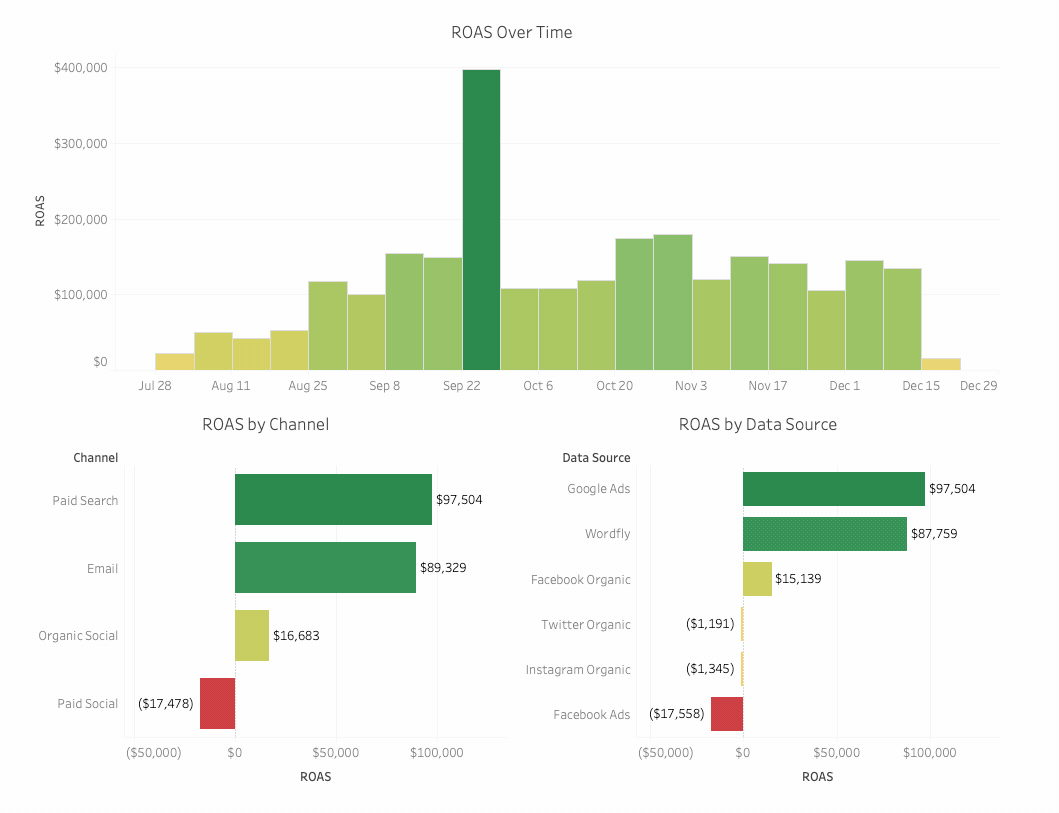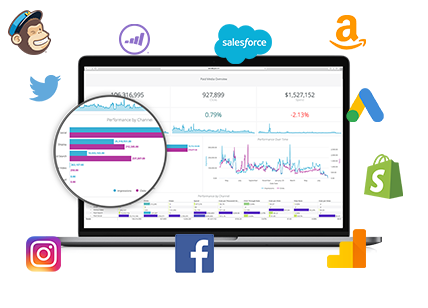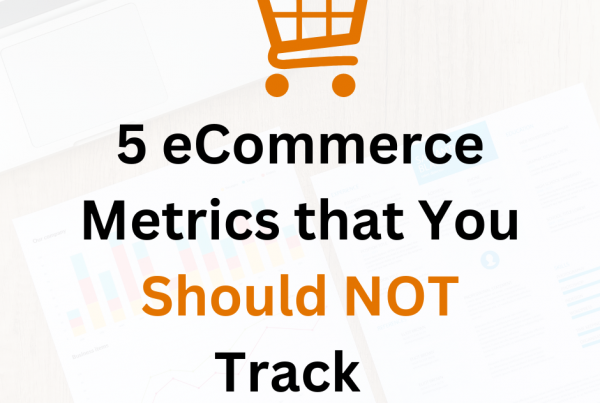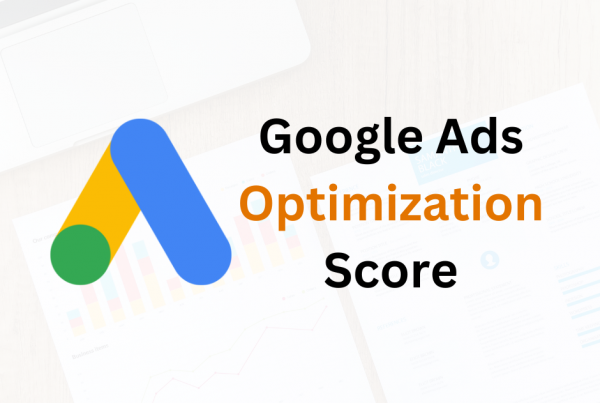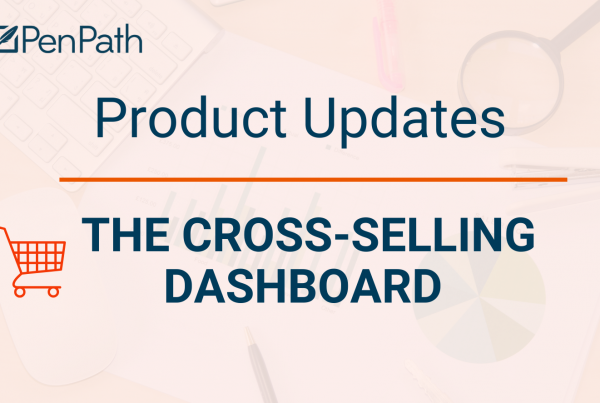In the “Measuring Metrics That Matter” series, we’ve learned where to find important metrics in marketing platforms.
We also learned that it’s possible to calculate new metrics and visualizations, such as CAC (Customer Acquisition Cost) from these previous metrics.
In this article, we’re going to be exploring how we can visualize another important formula – Return On Ad Spend – which is possible across all platforms through holistic data. Take a look at our last article to see which metrics make up this calculated metric.
Here are the topics to cover today:
Table Of Contents
- Return On Ad Spend
- Aggregate Vs. Siloed Data
- Dashboard & Analysis
Before we get into looking at the dashboard and analysis, understanding how we came to that point is necessary.
This is because until you grasp the underlying formulas and calculations, the end-point analysis will be difficult.
1. Return On Ad Spend Formula
Return On Ad Spend is a basic marketing formula:
ROAS = Revenue / Cost
It can also be seen as profit.
Now, it’s easy to calculate ROAS when it comes from one platform. Let’s take Google Adwords as an example (looking at it in Google Analytics).
We want to look at the cost for Google Adwords over 1 month.
First, we’re going to have to go into the Google Adwords UI to look at “cost.”
After you have it in neat buckets, there’s so many types of other data you can blend it with! If you need a refresher on what data blending is, here’s a quick guide as to why it’s so useful.
The cost can be found on the Google Adwords dashboard.
Source: SearchEngineWatch
Source: Disruptive Advertising
For revenue, we’re going to have to go into Google Analytics (you should have Enhanced eCommerce installed).
If you don’t have a B2C business and instead have a B2B company, this might require you to go into Salesforce or any other CRM for revenue metrics.
This is relatively easy even though both metrics are in different platforms.
However, we’ve already seen in the revenue article that getting revenue for each platform isn’t always this easy.
2. Aggregate vs. Siloed Data
Even when we do and manage to figure out the ROAS for each platform, there is limited depth to understanding because we don’t have all of our data aggregated.
In this case, we mean all spend data in one place with all revenue data. Then we can figure out total ROAS for our entire advertising, or track campaigns that live across multiple platforms.
We can figure out how much we’re spending on advertising as a whole and if our budget supports that.
Also, we can start seeing our advertising data as fluid, not restricted to any one platform. From there, the sky’s the limit on what kind of analysis we want to apply to our data.
For example, we can already combine total revenue and cost to get ROAS. Similarly, there are many other calculations where if we combine total data across platforms for each metric, we can get so much more.
You go from looking at the data in black and white to technicolor.
“You go from looking at the data in black and white to technicolor.”
In the next few articles in this series, we’re going to go over some of that, just like we’re going over
Revenue / Cost → Return On Ad Spend
We’ll tackle separate metrics and where to find them on online platforms, and then see what we can create and analyze when we put that together.
Examples are:
Cost From Ad Data/# of Web Sessions → Cost Per Website Session
CAC (Customer Acquisition Cost) → Total Cost Of Sales & Marketing/# of Customers Acquired
Again, we’re going to see these metrics streamlined in the dashboard, not in data silos.
Source: Haystack Data
3. ROAS Dashboard
This is what we mean by that. (In our live demonstration with our demo, you’ll be able to see daily, weekly, monthly, yearly, quarterly). We can also customize to a specific time period.
Take a look at how easy this is to analyze compared to doing it the manual way.
You can see calculated metrics like ROAS instantly without doing any arithmetic, and these dashboards are also updated automatically as time goes on.
Let’s do some analysis. What can we figure out from this dashboard?
3. Analysis
- What days were Paid Search the highest?
- And which data source has the highest ROA?
- Then do the same for Email, Organic Social, and Paid Social.
- Does Organic Social or Paid Social yield a higher ROA?
- Which data sources have a negative ROA? What can we do to improve that?
- What about per channel?
Now you can really start seeing how marketing is doing across the board, something that is almost impossible when data for each platform is separate.
Because of this, you can start seeing holistic problems in your marketing, compared to just looking at each campaign or source.
For further detail, you can always drill down and look at each of your marketing platforms in general. But the fact that you get all of this data in one dashboard is insanely powerful. You can have ready-made insights at your fingertips that would take ages to do by hand.

PenPath, our Marketing Intelligence firm, not only creates custom dashboards but we also clean and house your data for you. We’re also marketing experts so we’re familiar with marketing KPIs. We don’t work for every industry, rather we specialize in only digital marketing.
Unlike self-service analytics solutions, we’re with you from beginning to end, until you’re satisfied with the final product.
For better understanding of how we can change the way you work, book a demo with us.
Or for more content on how to understand and analyze Digital Analytics, keep reading our articles. We’re eager to share our knowledge on how marketers can become more data-driven.


